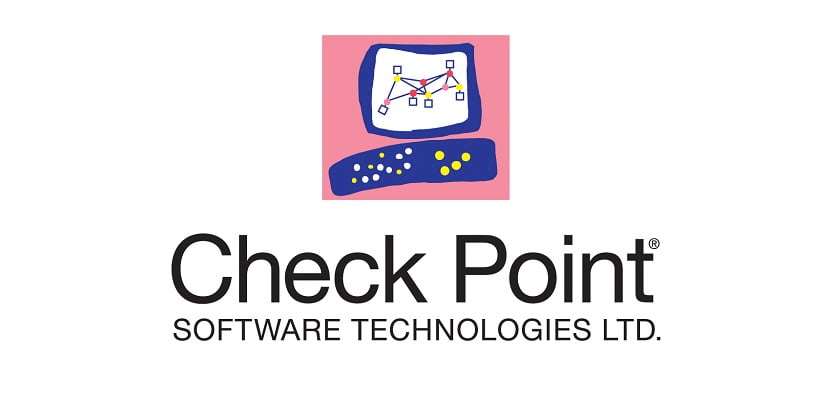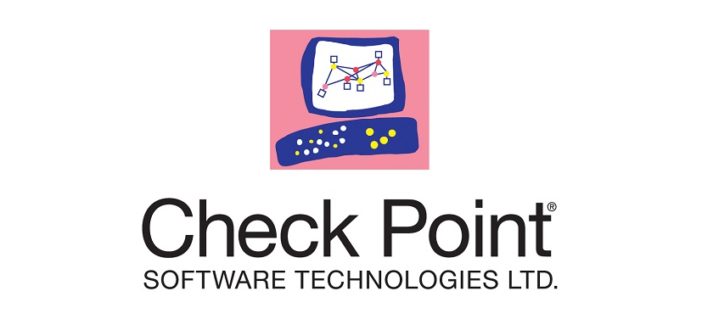
Hackers could exploit vulnerabilities in the popular ZigBee protocol to deliver ransomware or spyware to networks by compromising smart lightbulbs and their controllers
Check Point Research has revealed vulnerabilities that would enable a hacker to deliver ransomware or other malware to business and home networks by taking over smart lightbulbs and their controller.
Researchers focused on the Philips Hue smart bulbs and bridge, and found vulnerabilities (CVE-2020-6007) that enabled them to infiltrate networks using a remote exploit in the ZigBee low-power wireless protocol that is used to control a wide range of IoT devices.
In an analysis of the security of ZigBee-controlled smart lightbulbs that was published in 2017, researchers were able to take control of a Hue lightbulb on a network, install malicious firmware on it and propagate to other adjacent lightbulb networks. Using this remaining vulnerability, our researchers decided to take this prior work one step further and used the Hue lightbulb as a platform to take over the bulbs’ control bridge and ultimately, attacking the target’s computer network. It should be noted that more recent hardware generations of Hue lightbulbs do not have the exploited vulnerability.
The attack scenario is as follows:
- The hacker controls the bulb’s colour or brightness to trick users into thinking the bulb has a glitch. The bulb appears as ‘Unreachable’ in the user’s control app, so they will try to ‘reset’ it.
- The only way to reset the bulb is to delete it from the app, and then instruct the control bridge to re-discover the bulb.
- The bridge discovers the compromised bulb, and the user adds it back onto their network.
- The hacker-controlled bulb with updated firmware then uses the ZigBee protocol vulnerabilities to trigger a heap-based buffer overflow on the control bridge, by sending a large amount of data to it. This data also enables the hacker to install malware on the bridge – which is in turn connected to the target business or home network.
- The malware connects back to the hacker and using a known exploit (such as EternalBlue), they can infiltrate the target IP network from the bridge to spread ransomware or spyware.
The research, which was done with the help of the Check Point Institute for Information Security (CPIIS) in Tel Aviv University, was disclosed to Philips and Signify (owner of the Philips Hue brand) in November 2019. Signify confirmed the existence of the vulnerability in their product, and issued a patched firmware version (Firmware 1935144040) which is now via an automatic update. We recommend users to make sure that their product received the automatic update of this firmware version.
“We are committed to protecting our users’ privacy and do everything to make our products safe. We are thankful for responsible disclosure and collaboration from Checkpoint, it has allowed us to develop and deploy the necessary patches to avoid any consumers being put at risk” says George Yianni, Head of Technology Philips Hue.
Here is a demo video of how the attack works. The full technical research details will be published at a later date in order to give users time to successfully patch their vulnerable devices.





